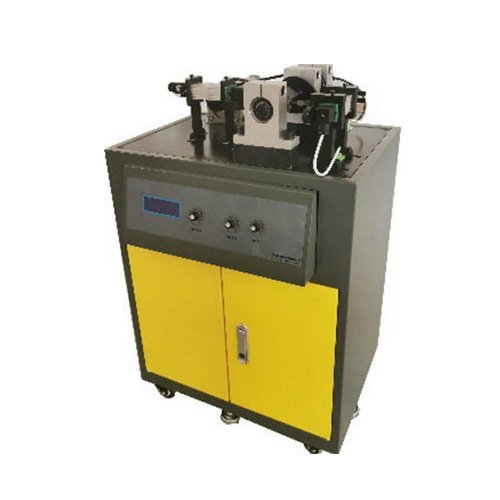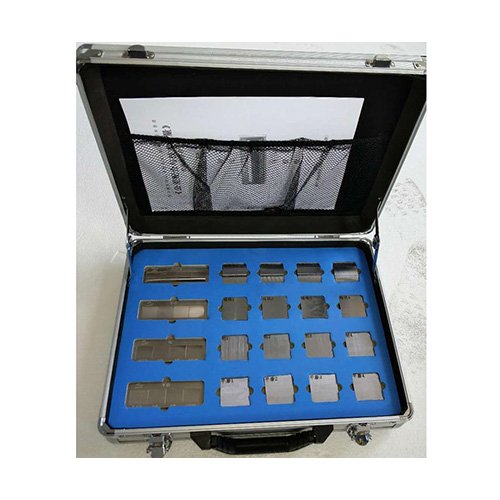- Automobile training equipment series
- Electrical and electronic teaching equipment
- Elevator training series
- Fitter training equipment
- Fluid mechanics experimental equipment
- Hydraulic and pneumatic test bench
- Mechanical teaching equipment
- Robotic automation and mechatronics series
- Welding training equipment
This specialized equipment is designed primarily for teaching belt drive courses in mechanical design at various mechanical colleges. It can be used to observe belt drive structures, test elastic slip, efficiency curves, effective circumferential force, maximum effective circumferential force, and tension, and conduct comparative analysis experiments. I. Technical Parameters
1. Input Power Voltage: AC 220V ± 10%, 50Hz
2. Control Voltage: Safety Control Voltage – DC 24V, 4.5A, with Automatic Short-Circuit Protection
3. Operating Environment: Temperature -10°C to +40°C, Relative Humidity <85% (at 25°C), Altitude <4000m (dust and moisture proof)
4. Motor Power: ≥160W*2
5. Pulley Diameter: D1 = D2 = 100mm (Flat Belt, V-Belt, Synchronous Belt, Belt Body Made of Composite Material)
6. Wrap Angle: a1 = a2 = 180°
7. Torque Sensor Range: 0-100N, Accuracy: 0.02%
8. Grating Angle Displacement Sensor Range: 1200 gratings/rev
9. Motor Speed Range: 0-1400rpm
10. Torque: T = 1.86 Nm;
11. Product Dimensions: Length × Width × Height = 520mm * 480mm * 420mm;
12. Net Weight: Approximately 45kg.
II. Main Features
Interchangeable flat and V-belt pulleys of different diameters allow for testing various belt drives;
Measures belt slip and transmission efficiency via a digital display;
Utilizes a unique tension test device with a tension and compression sensor to test belt tension, enabling belt drive force analysis experiments;
Effectively measures motor and generator torque. The force dial indicator incorporates special anti-vibration measures to ensure clear and stable pointer readings;
Analyzes belt force conditions;
Utilizes a DC speed control circuit and a photoelectric speed measurement circuit to control and display motor speed. III. Experimental Content
Observe the elastic slip and slippage of belt drives to understand the relationship between load and pretension, and their impact on power output;
Determine the relationship between elastic slip, load, and transmission efficiency under a certain pretension. Plot belt drive slip and efficiency curves under a certain effective tension;
Measure the slip and efficiency of flat and V-belts using the digital display panel, and manually plot slip and efficiency curves;
Understand the impact of changes in initial belt tension, belt speed, and other parameters on belt transmission capacity, and plot elastic slip curves;
Master the measurement methods of speed, torque, speed difference, and belt drive efficiency.






